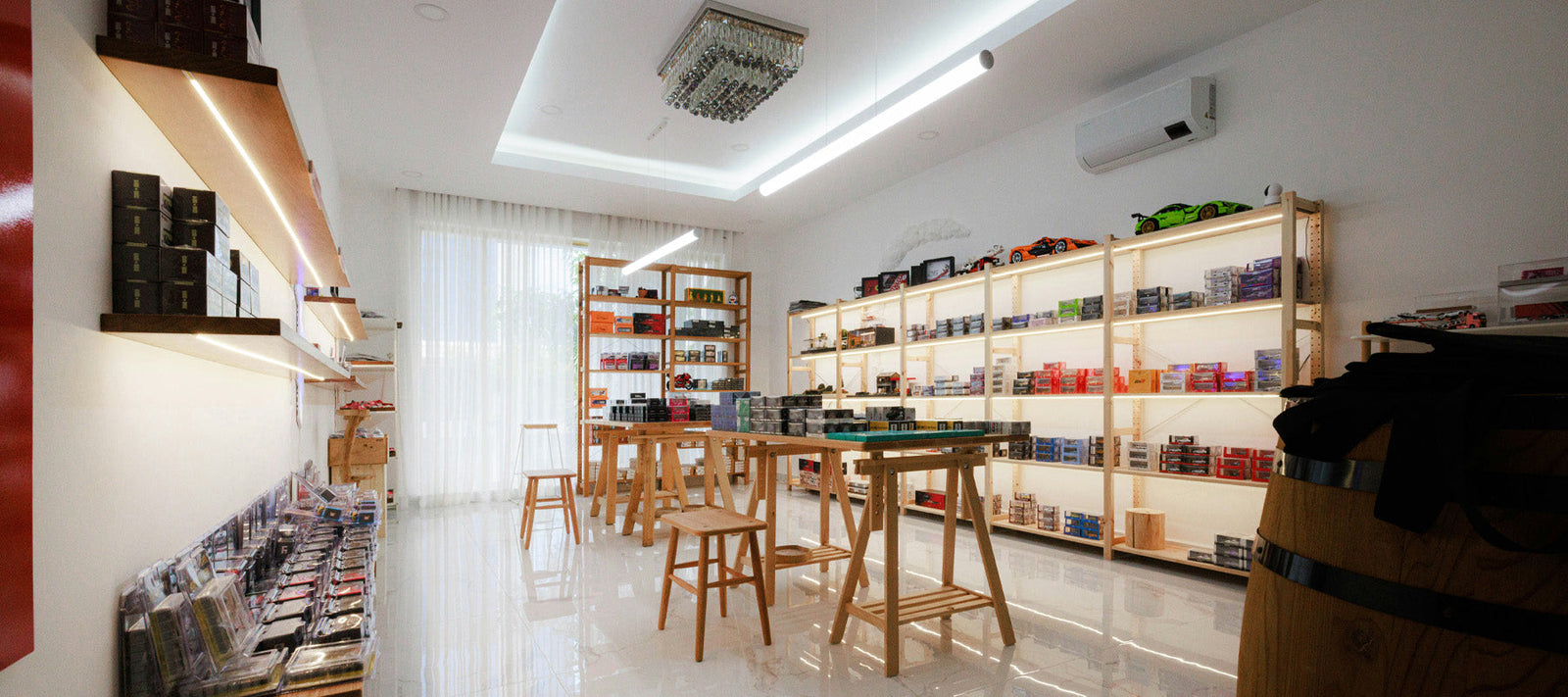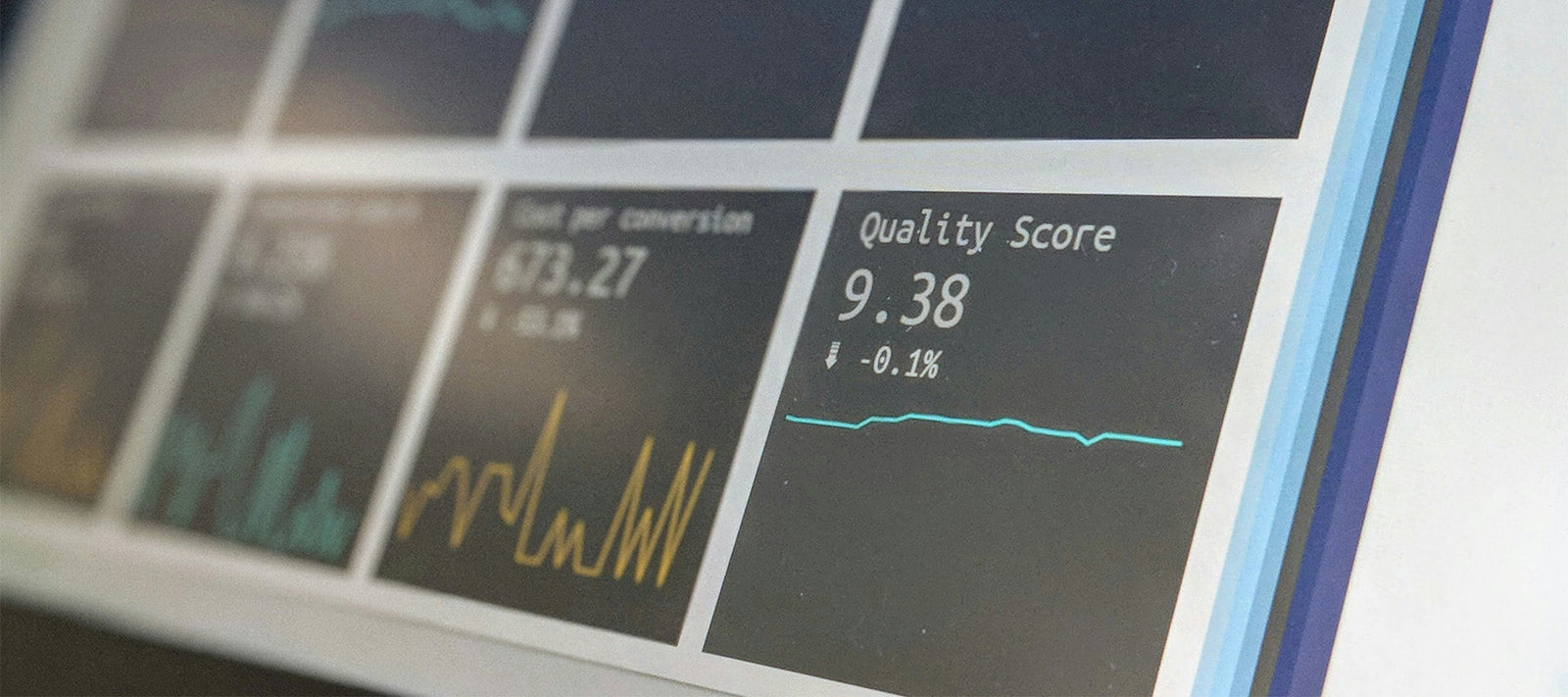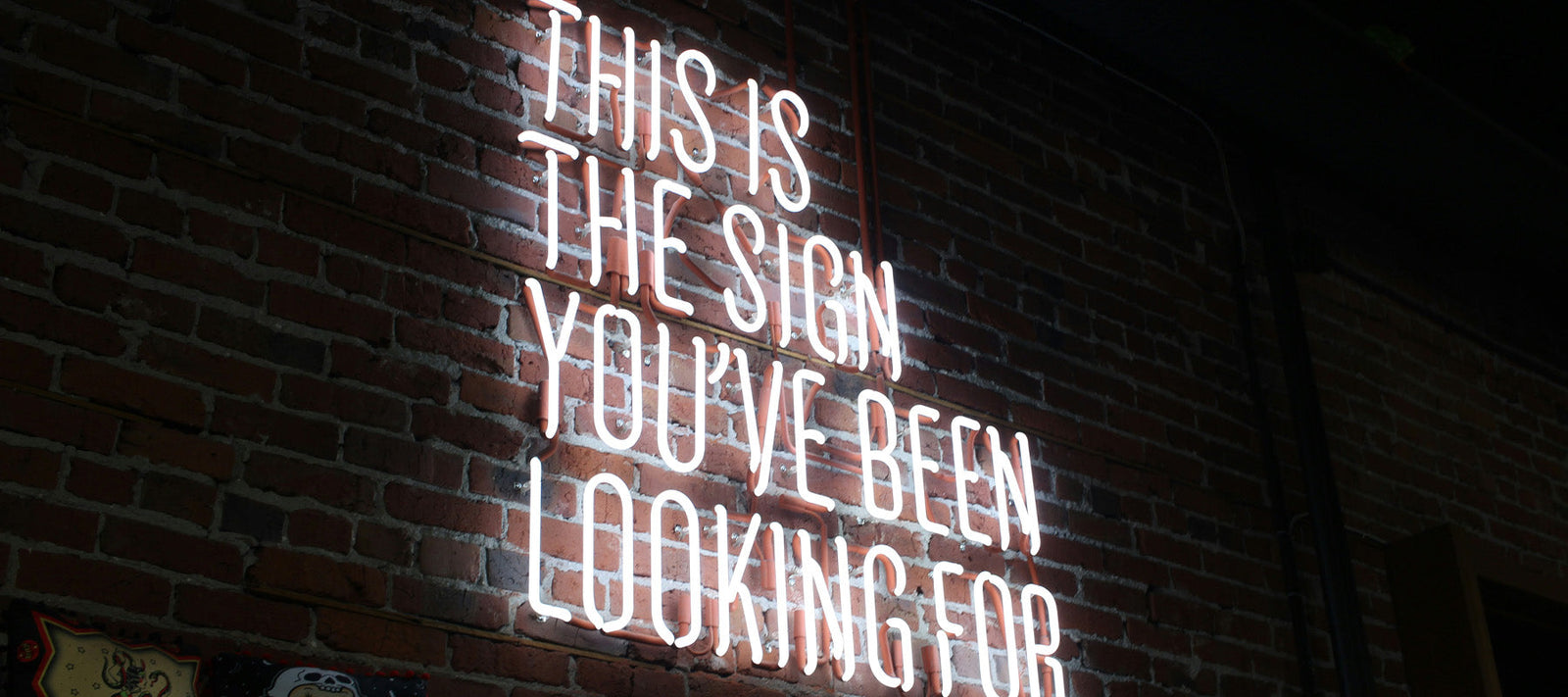In today’s competitive retail environment, capturing consumer attention and converting that engagement into sales is paramount. Australian retailers are increasingly turning to innovative Point of Sale (POS) displays not only as traditional in-store marketing tools but as interactive hubs that integrate seamlessly with social media and influencer collaborations. By combining cutting-edge POS display designs with strategic digital marketing, brands can amplify their reach, engage with customers on a deeper level, and ultimately drive retail success.
This comprehensive guide explores how Australian retailers can harness the power of social media and influencer partnerships to elevate the impact of their POS displays. We’ll dive into the latest trends, share actionable strategies, and highlight real-world examples that illustrate the transformative potential of this integrated approach.
Table of Contents
1. The Evolving Retail Landscape in Australia
The retail industry in Australia is experiencing a paradigm shift. With the rise of e-commerce and digital technology, brick-and-mortar stores are now tasked with creating memorable, engaging in-store experiences that can’t be replicated online. As consumers become savvier and more connected, traditional retail methods alone are no longer sufficient.
Key Trends Shaping Australian Retail:
-
Digital Integration: In-store displays now incorporate digital elements such as interactive touchscreens, QR codes, and digital signage.
-
Omnichannel Experiences: Consumers expect a seamless experience that bridges the gap between online and offline channels.
-
Sustainability and Localisation: Eco-friendly materials and local production are becoming increasingly important to Australian consumers.
-
Social Media Influence: Platforms like Instagram, Facebook, and TikTok are critical for brand visibility and engagement.
Retailers who adapt to these trends by combining physical displays with digital strategies are more likely to capture consumer interest and drive higher sales.
2. The Role of POS Displays in Modern Retail
Point of Sale (POS) displays have traditionally been used to promote products and boost impulse purchases. However, modern POS displays are evolving into multi-functional marketing tools that play a key role in the customer journey.
Modern Functions of POS Displays:
-
Visual Merchandising: High-quality displays enhance the aesthetic appeal of the store, draw attention to key products, and create a memorable brand experience.
-
Interactive Engagement: Digital POS displays with touch capabilities or interactive features encourage customers to engage actively with content, from product demos to loyalty programs.
-
Real-Time Communication: Digital screens allow for quick updates on promotions, flash sales, or new arrivals, ensuring that messaging remains fresh and relevant.
-
Data Collection: Integrated systems can track customer interactions, providing valuable data on engagement and behavior that can be used to refine marketing strategies.
By combining these functions with social media and influencer collaborations, retailers can create a unified brand experience that resonates both in-store and online.
3. Integrating Social Media with In-Store Displays
Social media is a powerful tool for driving awareness, engagement, and loyalty. When combined with the visual impact of in-store POS displays, it can create a multi-layered marketing approach that amplifies retail success.
Digital Signage and Social Media Feeds
One of the most effective ways to integrate social media with POS displays is by embedding live social media feeds into digital signage. Imagine a display that not only promotes a product but also shows real-time customer posts, reviews, and testimonials tagged with the brand’s hashtag.
Benefits include:
-
Enhanced Authenticity: User-generated content adds credibility to the brand.
-
Increased Engagement: Shoppers are more likely to interact with a display that features dynamic, real-time content.
-
Social Proof: Seeing others engage with the brand can encourage more customers to follow suit and make a purchase.
QR Codes and Hashtag Campaigns
Incorporating QR codes into POS displays can bridge the gap between physical and digital experiences. Customers can scan codes to access exclusive content, enter competitions, or follow the brand on social media.
Strategies:
-
Exclusive Offers: Encourage customers to scan for discount codes or special promotions available only through the display.
-
Hashtag Campaigns: Promote a branded hashtag that customers can use when sharing their experiences online, which can then be showcased on the display.
-
Interactive Contests: Engage customers by running social media contests that require scanning a QR code to participate.
Mobile Integration and NFC Technology
With smartphones becoming an extension of everyday life, integrating mobile-friendly features into POS displays is essential. Near Field Communication (NFC) technology can enable touchless interactions, allowing customers to access detailed product information or promotional content instantly.
Key Advantages:
-
Seamless Experience: Instant access to digital content enhances the in-store experience.
-
Data Collection: Mobile interactions provide retailers with valuable customer data that can be used for targeted marketing.
-
Enhanced Convenience: Contactless interactions meet the growing consumer preference for quick, hassle-free experiences.
4. Influencer Collaborations: Boosting Engagement and Reach
Influencers have become a driving force in modern marketing, with their authentic voice and engaged audiences. By partnering with influencers, Australian retailers can extend the reach of their in-store displays far beyond the physical store.
The Power of Influencer Partnerships
Key Benefits:
-
Wider Reach: Influencers have loyal followings that can help introduce the brand to new audiences.
-
Credibility and Trust: Endorsements from trusted influencers lend authenticity and credibility to marketing campaigns.
-
Engaging Content: Influencers are skilled at creating visually appealing, engaging content that can enhance the overall aesthetic of a POS display campaign.
Integrating Influencers into POS Display Campaigns
There are several creative ways to merge influencer collaborations with POS display design:
-
Influencer-Branded Displays: Develop a custom POS display that features the influencer’s image, signature, or branding elements. This can create a strong connection between the influencer’s online persona and the in-store experience.
-
Social Media Takeovers: Coordinate in-store events where influencers host live demonstrations or product launches, which are then broadcasted on social media channels.
-
Co-Created Content: Work with influencers to design displays that reflect both the brand’s identity and the influencer’s unique style. This collaborative approach can produce content that resonates with both the influencer’s followers and the store’s customers.
-
Event Collaborations: Host meet-and-greet events or live product demos with influencers in-store, turning the retail space into an experiential marketing hub.
5. Strategies for Seamless Integration
To truly capitalise on the synergy between POS displays, social media, and influencer collaborations, retailers need to develop an integrated strategy that encompasses both in-store and online elements.
Develop a Unified Campaign Theme
-
Consistent Messaging: Ensure that all elements of the campaign—POS displays, social media posts, and influencer content—share a consistent message and aesthetic.
-
Collaborative Storytelling: Work with influencers to craft a narrative that can be told across multiple channels. A cohesive story makes the campaign more memorable and engaging.
-
Branded Hashtags: Create and promote a unique hashtag that ties the entire campaign together, encouraging customers to share their experiences online.
Leverage Data and Analytics
-
Track Engagement: Use analytics tools to monitor how customers interact with POS displays and social media content. Key metrics include dwell time, click-through rates, and hashtag usage.
-
Feedback Loops: Collect customer feedback through surveys or in-store kiosks to understand what aspects of the campaign resonate most.
-
Iterate and Improve: Use the insights gained from data analysis to refine future campaigns, ensuring continuous improvement in both design and execution.
Optimize for Mobile
-
Responsive Design: Ensure that any digital content linked to the POS displays is optimised for mobile devices, as the majority of consumers will access content via their smartphones.
-
Easy Navigation: Make it simple for customers to move between in-store displays and digital platforms, whether through QR codes, NFC, or mobile apps.
-
Real-Time Updates: Keep content fresh and engaging by updating digital displays and social media feeds in real time, responding to trends and customer interactions.
6. Case Studies: Success Stories from Australian Retail
Several Australian retailers have successfully integrated social media and influencer collaborations with their POS displays to drive remarkable results. Here are a few illustrative case studies:
Case Study 1: Trendy Apparel Brand
A leading Australian fashion retailer partnered with a popular local influencer to launch a new clothing line. The campaign featured custom POS displays in flagship stores that included:
-
Live social media feeds showing influencer posts and customer-generated content.
-
QR codes that led to exclusive online content and discount codes.
-
Interactive elements allowing customers to virtually try on outfits.
Results:
-
A 35% increase in foot traffic during the campaign.
-
A significant boost in social media engagement, with over 10,000 posts using the branded hashtag.
-
A measurable increase in sales, particularly among younger demographics.
Case Study 2: Innovative Electronics Store
An electronics retailer in Australia leveraged digital signage and influencer partnerships to promote a new range of smart home devices. Their POS displays were integrated with mobile-responsive features and interactive content, enabling customers to:
-
Watch product demos and read real-time reviews.
-
Engage with influencer content directly through touchscreens.
-
Access personalized recommendations based on customer interactions.
Results:
-
A 25% increase in customer dwell time near POS displays.
-
Improved customer satisfaction scores due to the interactive experience.
-
A boost in conversion rates attributed to enhanced customer engagement.
Case Study 3: Eco-Friendly Retailer
A sustainable retail brand collaborated with eco-conscious influencers to highlight their commitment to green practices. The POS displays featured:
-
Custom-designed visuals that emphasized recycled and biodegradable materials.
-
Integration with social media channels showcasing behind-the-scenes sustainability efforts.
-
Interactive elements that educated customers about the environmental benefits of the products.
Results:
-
Enhanced brand perception and customer loyalty.
-
Increased social media buzz with positive sentiment around sustainability.
-
Higher in-store sales, driven by the clear alignment of brand values with consumer expectations.
7. Measuring Success: KPIs and Analytics
To ensure that integrated campaigns deliver the desired outcomes, it’s crucial to track key performance indicators (KPIs) and analyse data across channels.
Important KPIs to Monitor
-
Foot Traffic: Measure changes in store visits during and after the campaign.
-
Engagement Rates: Track social media likes, shares, comments, and hashtag usage.
-
Sales Metrics: Compare sales data before, during, and after the campaign to determine ROI.
-
Dwell Time: Monitor how long customers spend interacting with POS displays.
-
Conversion Rates: Analyse the percentage of interactions that lead to purchases or further engagement (e.g., app downloads, website visits).
Tools and Techniques
-
In-Store Analytics: Utilise sensors and heat mapping to track customer movement and interactions.
-
Social Media Analytics: Leverage platforms like Facebook Insights, Instagram Analytics, and Twitter Analytics to monitor engagement and reach.
-
Surveys and Feedback: Collect customer feedback through digital kiosks or online surveys to gauge satisfaction and identify areas for improvement.
Regular monitoring and analysis allow retailers to adjust campaigns in real time, ensuring that integrated strategies remain effective and deliver measurable results.
8. Best Practices and Future Trends
To stay ahead in the competitive Australian retail market, it’s important to adopt best practices and remain aware of emerging trends.
Best Practices for Integration
-
Collaborative Planning: Involve both marketing and design teams early in the campaign planning process.
-
Consistent Branding: Maintain a consistent visual and messaging strategy across all platforms.
-
Engage Customers: Create interactive and personalized experiences that encourage customer participation.
-
Leverage Technology: Use the latest digital tools to enhance the customer journey both in-store and online.
-
Monitor Performance: Continuously track KPIs and be ready to pivot based on data insights.
Future Trends to Watch
-
Increased Use of AI: Artificial intelligence will further personalize customer interactions and optimise display content in real time.
-
Enhanced AR Experiences: Augmented reality will become more integrated with POS displays, allowing customers to virtually try products or access immersive content.
-
Greater Sustainability: As environmental concerns grow, expect more eco-friendly displays and sustainable production methods.
-
Omnichannel Advancements: Integration between online and offline channels will continue to improve, providing a seamless customer experience.
-
Localised Content: Customization based on regional preferences within Australia will become even more refined, ensuring that campaigns resonate on a local level.
9. Conclusion: The Future of Retail Marketing Down Under
The convergence of innovative POS display design, social media integration, and influencer collaborations is reshaping the retail landscape in Australia. Retailers who harness this synergy can create dynamic, engaging, and memorable in-store experiences that not only drive foot traffic and sales but also build lasting brand loyalty.
By investing in digital integration, leveraging influencer partnerships, and embracing data-driven strategies, Australian retailers can position themselves at the forefront of modern retail marketing. The trends outlined in this guide demonstrate that the future of retail is not just about selling a product—it’s about creating an immersive, interactive experience that bridges the physical and digital worlds.
As you plan your next marketing campaign, consider how you can integrate these innovative strategies into your retail environment. Whether you’re a small boutique or a large chain, the power of custom POS displays combined with social media and influencer collaborations offers a path to amplified retail success.
Take Action Today:
-
Collaborate with Influencers: Identify local influencers who align with your brand values and can authentically promote your products.
-
Invest in Digital POS Displays: Upgrade your in-store displays to include interactive, real-time social media feeds and mobile-friendly features.
-
Monitor and Optimise: Use data analytics to continuously refine your strategy and maximize ROI.
-
Stay Ahead of Trends: Keep abreast of emerging technologies and sustainable practices to future-proof your retail experience.
Embrace the future of retail marketing in Australia by integrating these powerful strategies. With a strong focus on customer engagement, innovation, and data-driven decision-making, your brand can stand out in a crowded market and achieve lasting success.
In conclusion, amplifying retail success through the strategic integration of social media and influencer collaborations with POS displays is not just a trend—it's the future of retail marketing in Australia. By leveraging cutting-edge technology, embracing sustainable practices, and creating engaging, interactive experiences, retailers can drive higher customer engagement, boost sales, and build stronger, more resilient brands.
Share this guide with your marketing teams, design partners, and industry peers to inspire new ideas and collaborations. As you implement these strategies, remember that the key to success lies in continuous innovation, consistent branding, and a deep understanding of your target audience. The future of retail is bright—let your displays tell the story of your brand and captivate the Australian consumer like never before.
For more insights on retail design and digital marketing strategies, subscribe to our newsletter and join our community of forward-thinking retailers who are shaping the future of retail down under.






